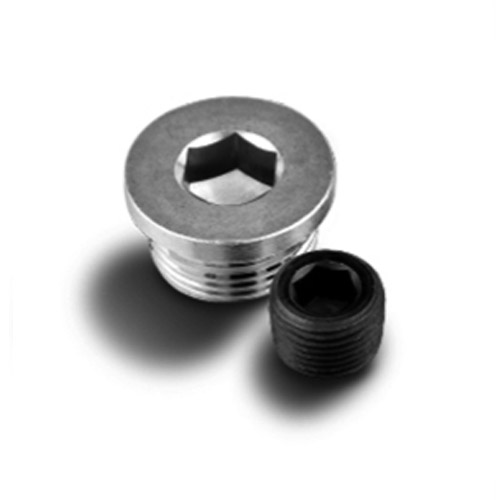

stud bolt m36
12月 . 24, 2024 09:28 Back to list
stud bolt m36
Understanding Stud Bolts The Case of M36 Stud Bolt
When it comes to heavy-duty fastening solutions, stud bolts play a critical role in numerous industrial applications. Among the various specifications available, the M36 stud bolt stands out due to its size and versatility. This article delves into the characteristics, applications, installation practices, and safety considerations of M36 stud bolts.
What is a Stud Bolt?
A stud bolt is a type of fastener that features threads on both ends, leaving a smooth shaft in the center. Often used in conjunction with nuts, these bolts are particularly valued in high-strength applications where a highly-reliable connection is crucial. Stud bolts can be manufactured from a variety of materials, including carbon steel, stainless steel, and alloy steel, making them suitable for environments ranging from marine to chemical processing.
Specifications of M36 Stud Bolts
The M in M36 denotes that the stud bolt is metric, with a nominal diameter of 36 mm. This dimension is significant as it dictates the load-bearing capacity of the bolt, the size of the accompanying nuts, and the clearance required during installation. The M36 stud bolt is typically classified under property classes like 8.8, 10.9, or 12.9, which indicate its tensile strength and yield strength. These classes signal the bolt's capability to withstand various stressors in demanding environments.
For instance, an M36 stud bolt classified as 8.8 has a minimum tensile strength of 800 MPa and a yield strength of 640 MPa, making it sufficient for frameworks, machinery, and other heavy-load applications. On the other hand, grades like 10.9 or 12.9 can offer even higher tensile strengths, suitable for more extreme conditions such as in heavy machinery or in structures subjected to significant vibrations.
Applications of M36 Stud Bolts
stud bolt m36

The M36 stud bolt finds application in numerous sectors, including construction, oil and gas, and manufacturing. In the construction sector, M36 bolts are commonly used for secure connections in steel structures, bridges, and skyscrapers, where durability and safety are paramount. In the oil and gas industry, these fasteners are ideal for high-pressure and high-temperature environments typically found in drilling and processing facilities.
Moreover, in manufacturing, M36 stud bolts can be found in assembly segments where large machines require robust fastening to withstand operational loads. This includes automotive assembly lines, factory machinery, and equipment in heavy industries.
Installation Practices
Proper installation of M36 stud bolts is essential to ensure their effectiveness and longevity in applications. It’s important to follow several key steps during the installation process 1. Surface Preparation Ensure that the surfaces being fastened are clean and free from contaminants like rust, oil, or dirt. 2. Torque Specifications Correct torque settings should be adhered to when tightening the nuts on the stud bolts. Over-tightening can lead to stripping threads or fracturing the bolt, while under-tightening can lead to joint failure. 3. Use of Washers In high-load applications, using flat or spring washers can help distribute the load evenly and prevent loosening due to vibrations. 4. Regular Inspections Scheduled inspections of installed stud bolts can help identify early signs of wear or loosening, preventing potential failures.
Safety Considerations
Working with M36 stud bolts necessitates attention to safety. Operators should wear appropriate personal protective equipment (PPE) to safeguard against potential hazards. Additionally, it’s crucial to ensure that the stud bolts are rated for the specific application in terms of load capacity and environmental resistance.
In conclusion, M36 stud bolts are a vital component in various industries, ensuring the structural integrity and safety of heavy-duty applications. Understanding their specifications, proper installation techniques, and safety measures will ensure effective use and longevity in demanding environments. As industries continue to evolve and demand innovative fastening solutions, stud bolts like the M36 will remain an integral part of engineering and construction practices.
Latest news
-
Hot Dip Galvanized Bolts-About LongZe|High Strength, Corrosion Resistance
NewsJul.30,2025
-
High-Strength Hot Dip Galvanized Bolts - Hebei Longze | Corrosion Resistance, Customization
NewsJul.30,2025
-
Hot Dip Galvanized Bolts-Hebei Longze|Corrosion Resistance&High Strength
NewsJul.30,2025
-
High-Strength Hot-Dip Galvanized Bolts-Hebei Longze|Corrosion Resistance&High Strength
NewsJul.30,2025
-
Hot Dip Galvanized Bolts-Hebei Longze|Corrosion Resistance&High Strength
NewsJul.30,2025
-
Hot Dip Galvanized Bolts - Hebei Longze | Corrosion Resistance, High Strength
NewsJul.30,2025

